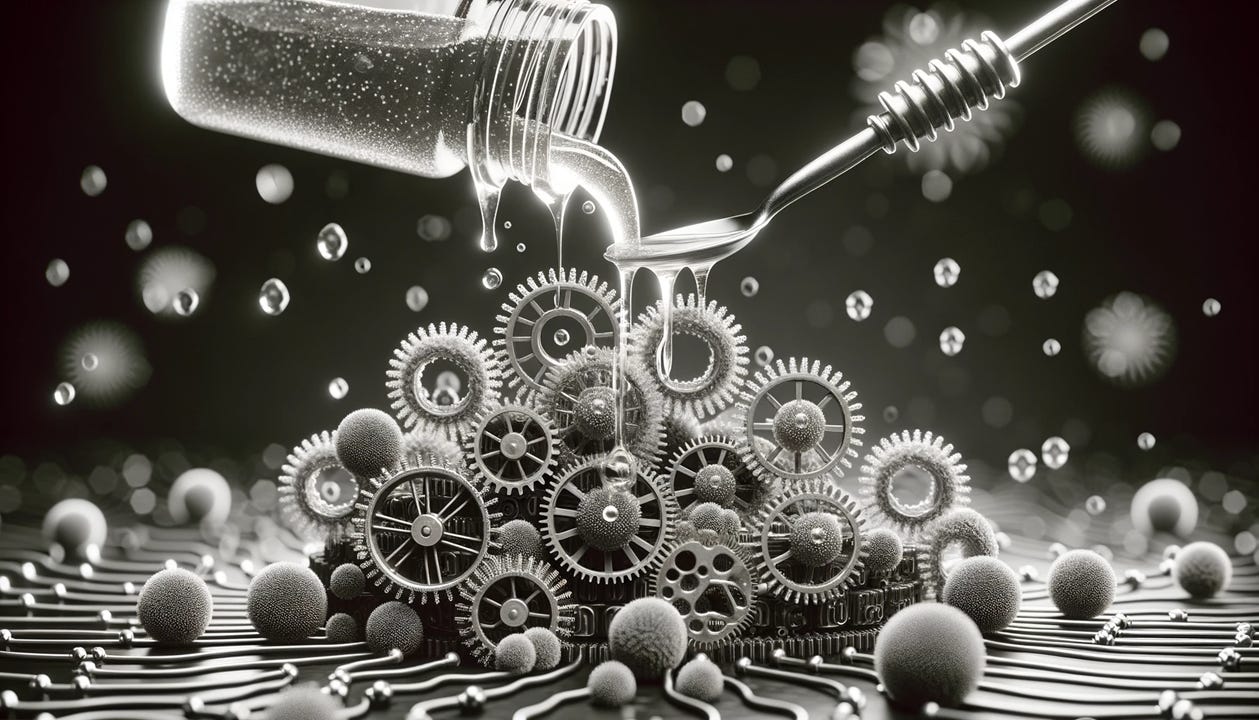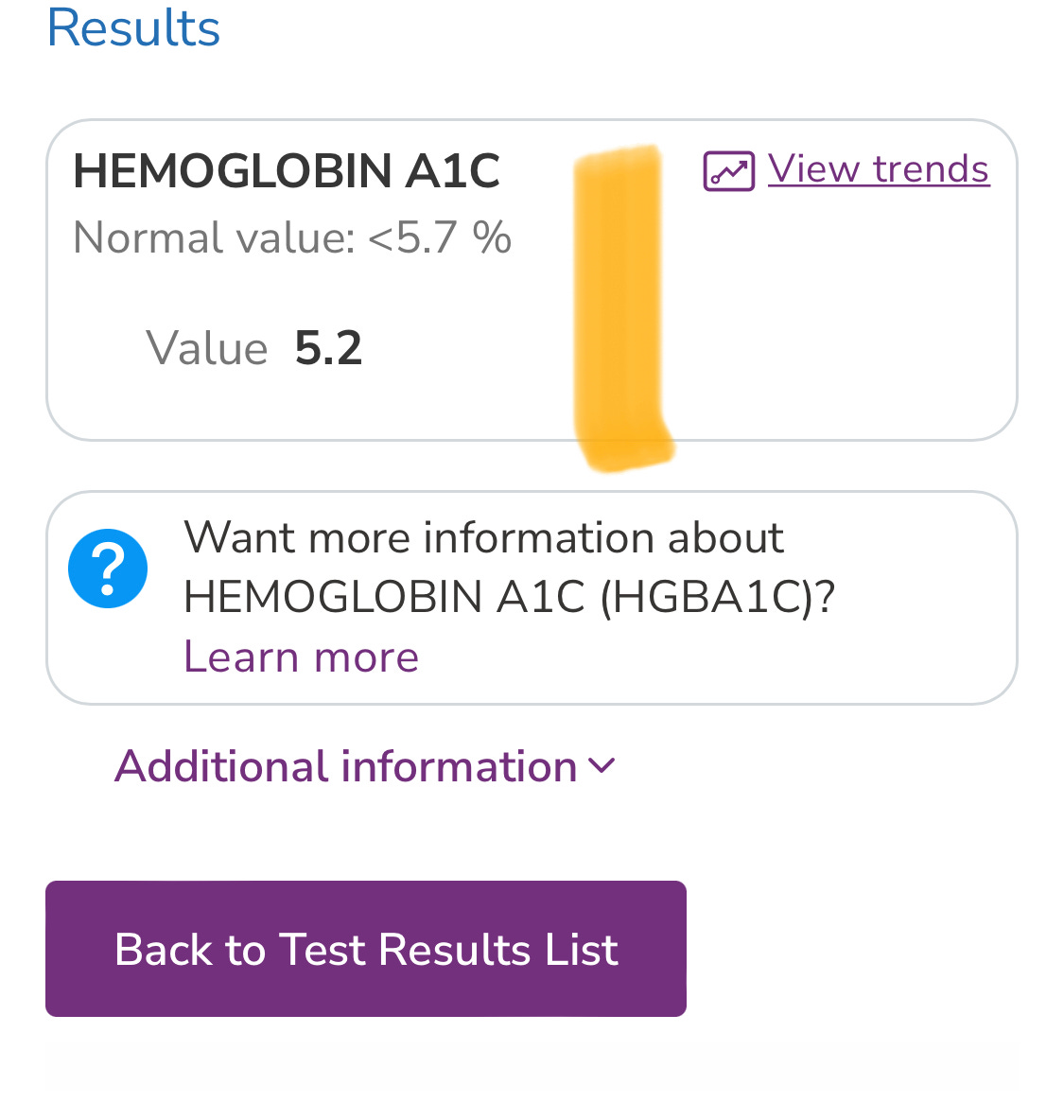The Daily Pill is a series of very short daily posts where I share the definition of a medical term I think we should all know. Read it every morning and build up your medical vocabulary.
💉Hemoglobin A1C
One of the reasons sugar is so bad for you is that it chemically reacts with other molecules in your body. Once sugar binds to other molecules, it changes their size, polarity, shape, and it interferes with their function… The whole thing just becomes a mess. Hence, having sugar circulating around all the time in your blood: probably not the best idea.
When I was in medical school and I first heard of this process (non-enzymatic glycation, for the initiated) I actually used to imagine it like pouring grainy honey with sugar over the finely tuned gears of molecular biology, damaging every molecular process. Do I still picture it like this after an MD, a PhD, and a 2 year Post-Doc??? You bet your ass I do.
ANYWHOO… you may remember that hemoglobin is the molecule that carries oxygen in your blood, and unfortunately, like a bunch of other vital molecules, it can’t escape sugar damage. Once circulating sugar binds to hemoglobin and corrupts it, it becomes Hemoglobin A1C.
🤔Why you need to know:
Since red blood cells live for 3 months, I can measure your Hemoglobin A1C with a blood test and automatically know how many candy bars you’ve been sneaking behind my back over the last 3 months.
You want your HgbA1C under 5.7%. A level of 5.7% to 6.4% indicates prediabetes; 6.5% or higher suggests diabetes. Keeping HbA1C levels under control is crucial for managing your health and preventing diabetes and its nasty complications. Here is mine 😎:
🧠Trivia:
Dogs can get diabetes too. They can’t do a self assessment though, but you can! Its the very first step towards committing to Leveling Up your game⬇️





